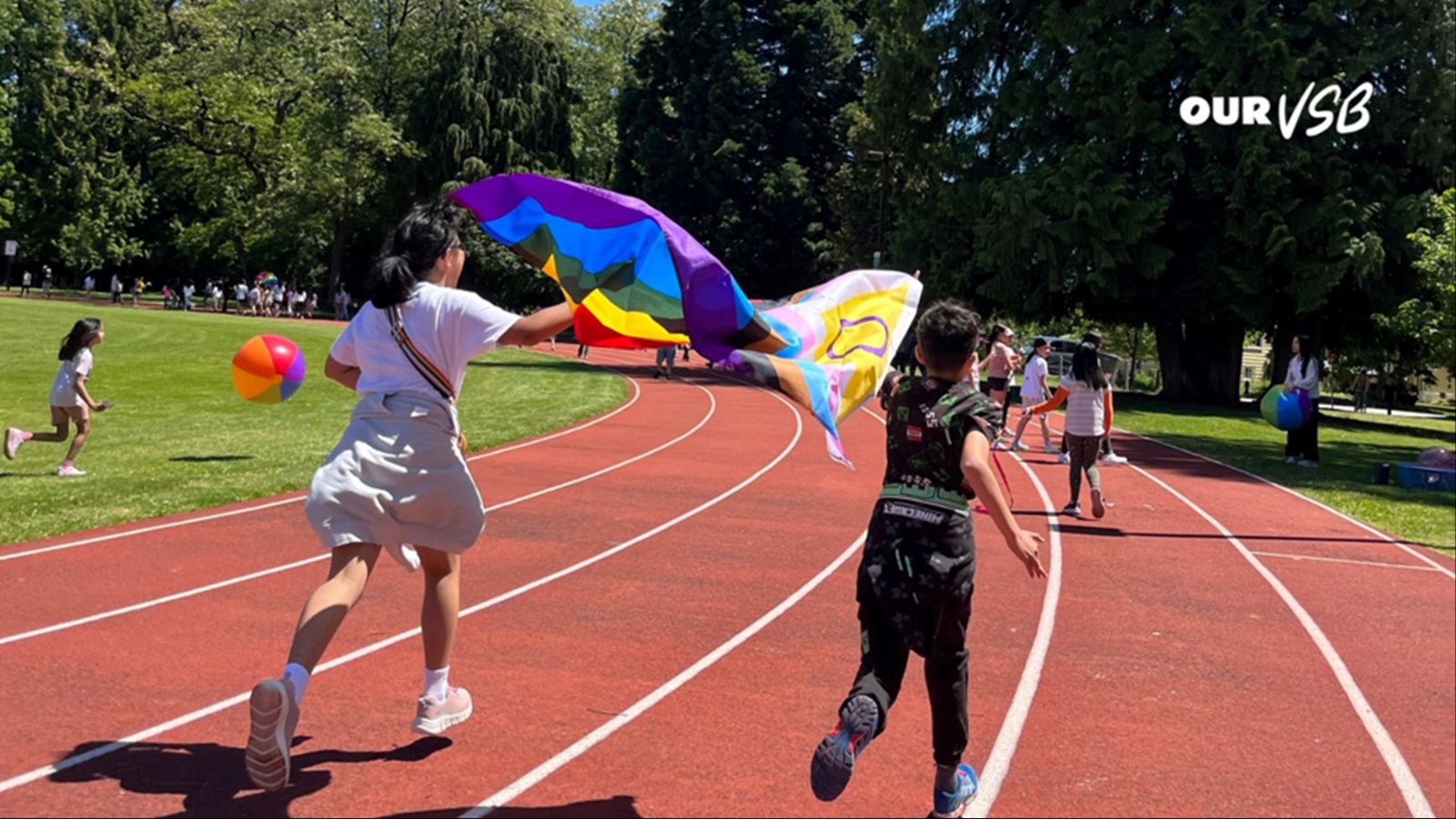Pride month: A celebration of diversity and identity

June ushers in a time of many celebrations and recognitions, including the kick-off of Pride season! Running from June to September, Pride season brings opportunities to learn about and celebrate 2SLGBTQIA+ communities. It’s a time of events, activities and action.
Pride commemorates the Stonewall Riots that occurred in June 1969 in New York. Canada’s first Pride demonstrations happened in Vancouver and Ottawa in 1971. By 1973, other cities like Montréal, Ottawa, Saskatoon, Toronto and Winnipeg also began holding Pride events.
While the school year always includes a deep focus on inclusive, safe and welcoming spaces for all, in June, schools host wide variety of events and activities to celebrate Pride. Among the many are assemblies, guest speakers, films, presentations, parades and fundraisers in support of organizations like Qmunity and the Trevor Project.
Throughout the entire school year, many schools host clubs and activities to build more equitable learning spaces and build safe, welcoming communities. At Nelson, for example, the Pride club is a space all students can come to and be safe – including allies.
“At Nelson, we as a community take pride in offering an inclusive and safe space for all individuals. This is why the Pride Club took the time to write, plan, film and present the Nelson 2025 Pride assembly on May 30,” said, counsellor Bailey Pearson. “The wonderful students thoughtfully and carefully put together a presentation for the whole school and spoke about the history of Pride and the Stonewall Uprising.” Students also filmed their own videos explaining how to be an ally to the 2SLQBTQIA+ community and what students at Nelson feel proud of.
“I felt that I wanted to learn more about what Pride is,” says Dora (she/they) a student at Nelson. “Before I didn't know much about 2SLQBTQIA+... [Joining the club] helped me learn.” -Dora (she/they)
VSB is proud of our commitment to supporting diversity in gender identity, gender expression and sexual orientation throughout school life. This helps creating a school system where students can see themselves reflected in their learning journeys.
